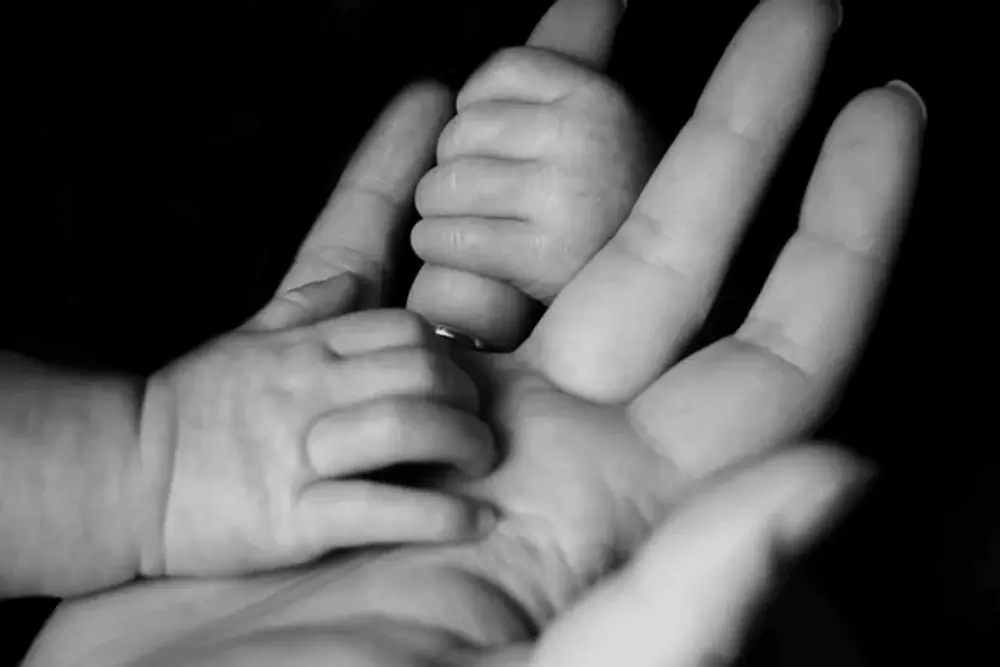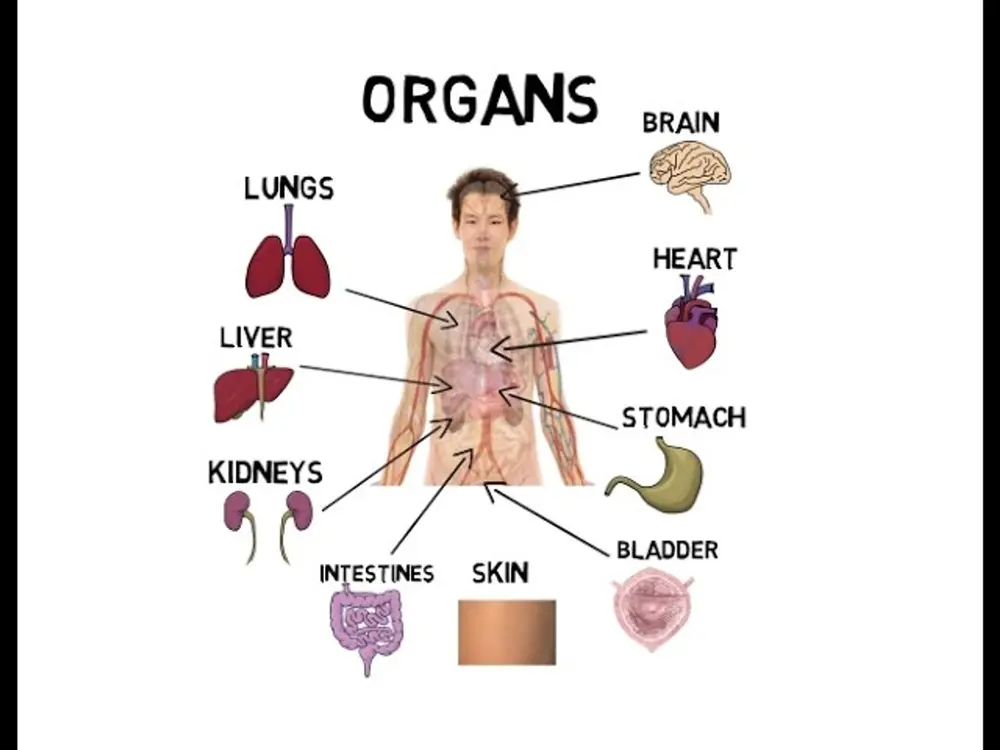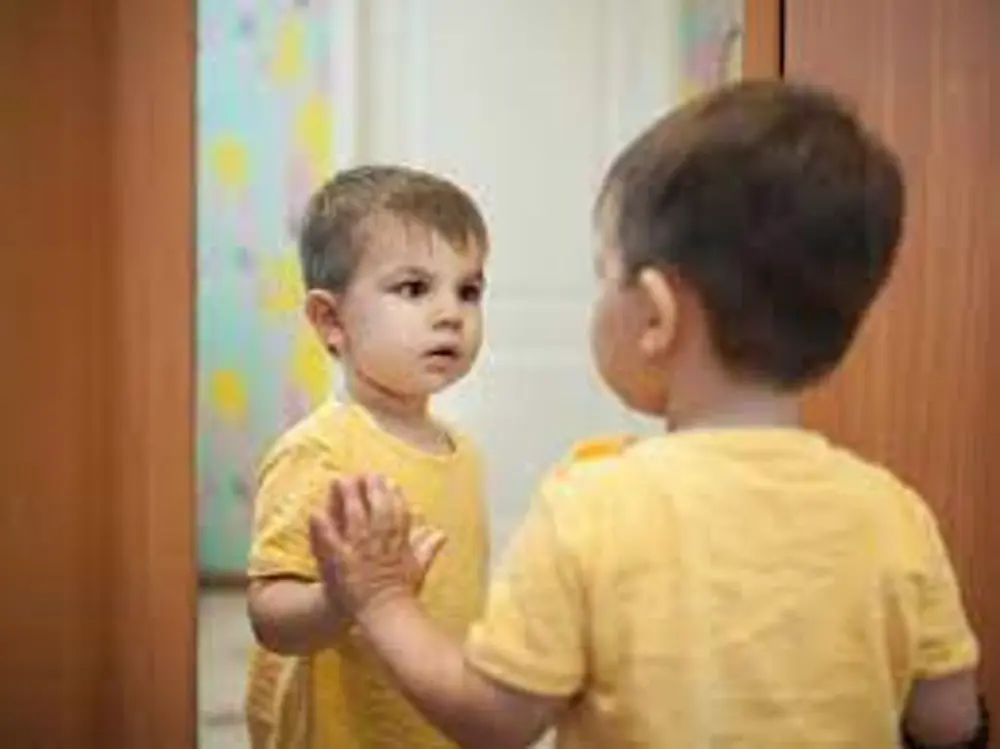Why Do Children Need the Same Parents?

This question is adapted from work by Dr Daniel Hughes
Why do children need to have a unique set of parents with whom to relate over time as opposed to parents who are interchangeable over time? At one level the answer is obvious; the bond from parent to child and the attachment from child to parent is reciprocal. The prospect of, and then the actual arrival of a tiny dependent being awakens caregiving from the parent. The presence and involvement of a parenting figure provides multiple experiences of nurture, care, safety and protection from danger for the child. Over time the child learns to become who he is in this relational context, which when observed is a thing of wonder and beauty.
What are the benefits of this secure attachment relationship for the child?
- They learn to identify and regulate emotions.
- They acquire language.
- Brain development is dependent on pre, and post-natal experience. In a very real sense parents ‘grow’ their child’s brain.
- The child learns to know his own mind and that of others.
- The child’s physical self has opportunity to develop in an optimum way.
- It frees the mind to learn.
- It protects children from toxic stress.

When a child's need for secure attachment is broken or interrupted or disrupted by on-going traumatic events natural progress is impacted in seven separate but interconnected domains of child development.
Cook, A., Blaustein, M., Spinazzola, J., & van der Kolk, B. (Eds.) (2003).Complex trauma in
children and adolescents. National Child Traumatic Stress Network.
Domain 1. Affect Regulation
- Difficulty with emotional self-regulation
- Difficulty describing feelings and internal experience
- Problems knowing and describing internal states
- Difficulty communicating wishes and desires
Domain 2. Behavioural Control
Poor modulation of impulses
Self-destructive behavior
Aggression against others
Pathological self-soothing behaviors
Sleep disturbances
Eating disorders
Substance abuse
Excessive compliance
Oppositional behavior
Difficulty understanding and complying with rules
Communication of traumatic past by reenactment in day-to-day behavior or play (sexual, aggressive, etc.)
Domain 3. Cognition / Thinking
Difficulties in attention regulation and executive
functioning
Lack of sustained curiosity
Problems with processing novel information
Problems focusing on and completing task
Difficulty planning and anticipating
Problems understanding own contribution to what happens to them
Learning difficulties
Problems with language development
Problems with orientation in time and space
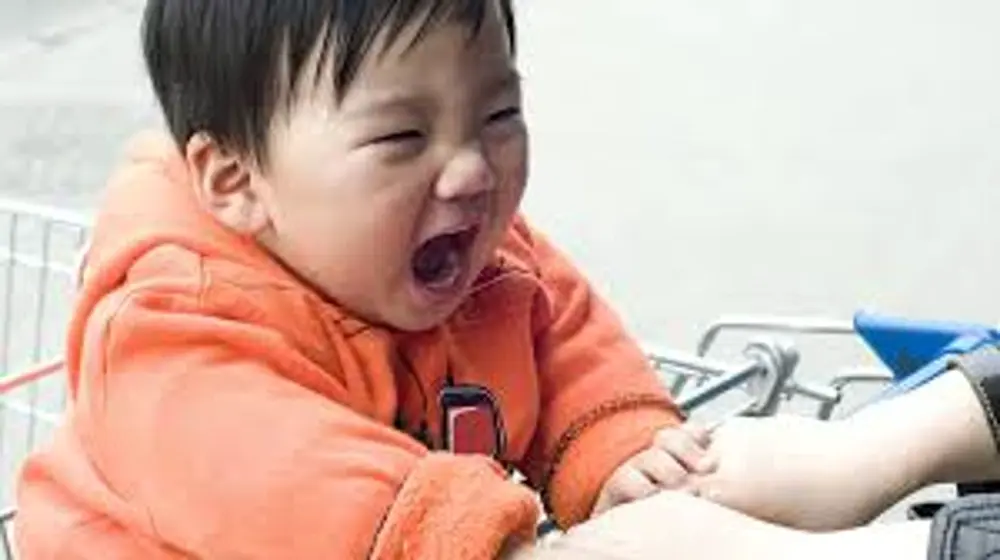

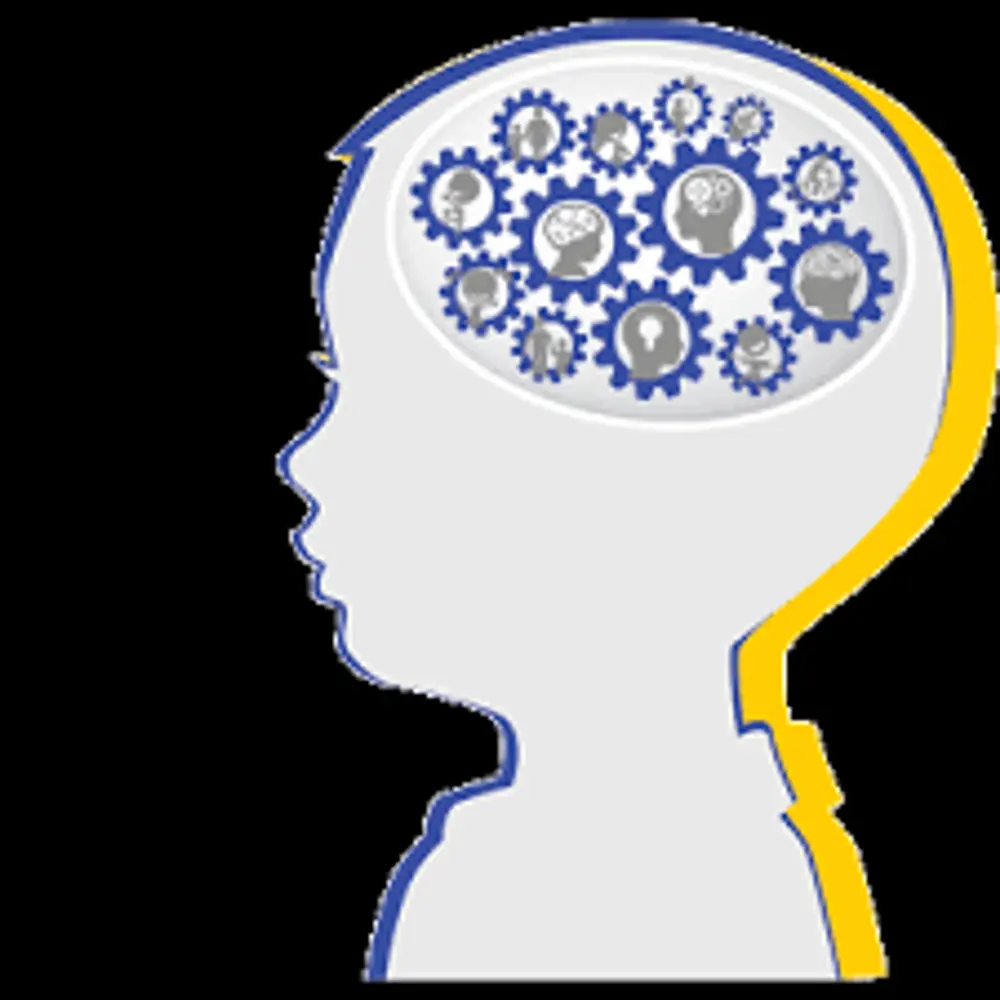
Domain 6. Dissociation "Zoning Out "
- Distinct alterations in states of consciousness
- Amnesia
- Depersonalization and derealization (a feeling that surroundings are not real)
- Two or more distinct states of consciousness, with impaired memory for state-based events

Domain 5. Attachment
- Difficulty in showing vulnerability and seeking appropriate care
- Uncertainty about reliability and predictability of the world
- Problems with boundaries
- Distrust and suspiciousness
- Social isolation
- Interpersonal difficulties
- Difficulty attuning to other people’s emotional states
- Difficulty with perspective taking
- Difficulty enlisting other people as allies
Domain 4. Sensory and Motor Issues
Hypersensitivity to physical contact
Analgesia
Problems with coordination, balance, body tone
Difficulties localizing skin contact
Somatization
Increased medical problems across a wide span, e.g., pelvic pain, asthma, skin problems, autoimmune disorders, pseudoseizures
Domain 7. Self-Concept
- Lack of a continuous, predictable sense of self
- Poor sense of separateness
- Disturbances of body image
- Low self-esteem
- Shame and guilt
